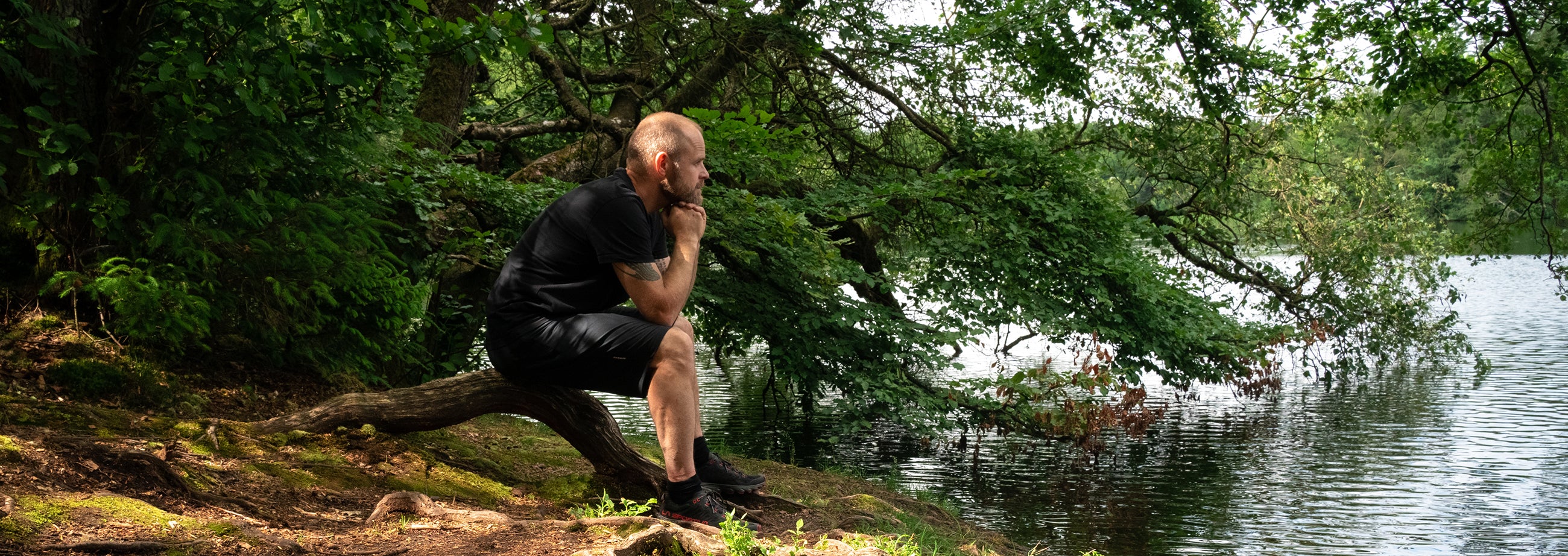


Making a packing checklist for all kinds of outdoor trips is simply impossible. The list will change according to seasons, area and duration. Personal preferences and access to equipment vary from person to person. It is also important to consider how far you have to carry your equipment. This list is made for a two-day outdoor trip with one-night stay in tent or tarp during autumn or winter. Remember to adjust the list according to the area, season and weather forecast.In the end of the list there is a checklist for the tour guide. Nordisk has a great selection of different outdoor equipment seen on this list.

The basic packing checklist
|
The packing checklist for the tour guide
|

|
The basic rule when packing a backpack is to place the heaviest things as close to your back as possible. The further away from the back it comes, the less balance you will have with the backpack on, and the heavier it will feel. The sleeping bag and the sleeping mat can be placed in the large space in the bottom of the backpack. Place the things you use often in the top or in the sides of the backpack, so it is easy to find when you need it. A good idea is to pack your clothes in small storeage bags, so the backpack become more manageable. The most important part in becoming a packing pro is to adjust the backpack so it fits you perfectly. Start by loosening all straps and put the backpack on. Adjust the shoulder straps to fit your back. The shoulder straps are going to follow the shoulder and not cause any pain in neck or armpits. The last thing you have to adjust is the hip belt. The hip belt is really important because it relieves your shoulders from the weight of the backpack. The hip belt should be placed right above the hip bone to help distributing the weight. |
|
A first aid kit is vital to bring when you are enjoying nature. With a first aid kit in your backpack, you are prepared in the event of a medical emergency outdoors. It could be a blister after a long day of hiking, an accident with a knife or a heatstroke after a long day in the sun. You can buy a complete first aid kit or you can make your own from this list:
|
|